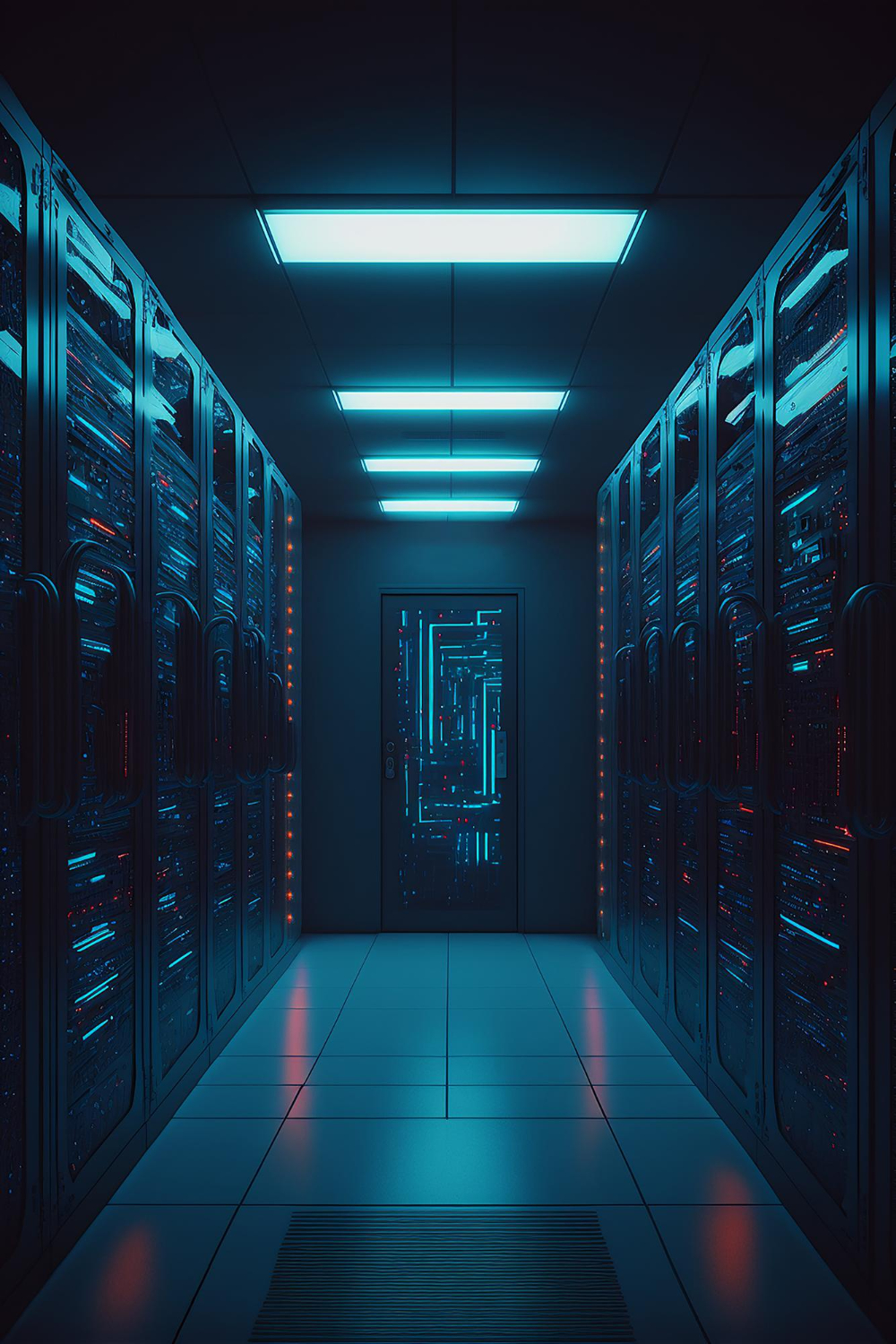 Your business’s ability to generate output and meet productivity goals depends upon uptime. And the best way to maximize uptime is through a robust DCIM practice.
Your business’s ability to generate output and meet productivity goals depends upon uptime. And the best way to maximize uptime is through a robust DCIM practice.
DCIM enables superior management of critical infrastructure through granular tracking and control. It also delivers capacity planning and utilization insights.
Table of Contents
Power
A data center is a highly sophisticated IT environment that requires specialized hardware. But they’re also complex facilities with a wide array of power, cooling, and network equipment that can cause disruptions to operations. Keeping them up and running requires robust tools, including DCIM software.
Data centers receive incoming utility power at a high voltage and then step it down to lower levels through transformers and other devices. Then, they use electrical switchgear to distribute the power to the IT equipment and the backup generators. From there, a UPS system controls the power to free it from surges and other problems.
DCIM solutions enable data center operators to monitor the physical infrastructure components and their connections and configurations. This can help them quickly detect problems and make recommendations for fixing issues. It’s an effective way to improve operational efficiency and reduce energy costs. DCIM tools can also identify and address performance trends over time.
Cooling
A critical component of the data center installation process involves working with external stakeholders to organize capacity capabilities and ensure all hardware is installed correctly. This includes physically installing equipment racks, network routing/storage hardware, and power management and allocation components, enabling a smooth transition from paper plans to physical implementations.
Moreover, DCIM or data center infrastructure management can also help data centers optimize energy efficiency by identifying non-essential processes or equipment that consume significant amounts of power so that they can be adjusted accordingly. This can significantly decrease power usage effectiveness (PUE) and related costs.
Moreover, the monitoring tools built into DCIM can offer granular insights into hardware performance, which helps minimize downtime risks, optimize workflows, and plan for future capacity upgrades. For instance, by detecting when equipment has reached its end of service life, data center technicians can replace hardware before it fails, potentially saving time and money.
Temperature
The right temperature allows IT equipment to work efficiently and reduces the risk of hardware failure caused by overheating. However, achieving the correct ambient temperature requires careful attention and constant monitoring. A DCIM solution provides data center managers with real-time information about temperature, allowing them to make continuous adjustments to environmental systems that improve energy utilization.
The cost optimization benefits of a DCIM solution extend beyond power and cooling. Using tools like those found in the next-generation DCIM platform, capacity planning can be done with the same precision as for new construction. “What if” models allow IT teams to forecast the precise capacity impact of any data center project on space, power, and cooling.
In addition, DCIM solutions enable IT departments to monitor the health of existing hardware throughout its lifecycle. The result is better utilization, lower costs, and fewer points of failure for the IT infrastructure. This translates to increased productivity and a more productive facility overall.
Space
Managing the many moving parts of data center equipment and infrastructure. Even a single misstep can lead to disaster. That’s why data centers need systems that allow 24/7 real-time monitoring and facilitate remote access so technicians can respond quickly and make necessary changes.
Next-generation DCIM tools enable monitoring, management, insights, and planning from a single dashboard. They can also provide data from multiple facilities and edge sites so managers can compare their performance against other places in the same market or industry to optimize strategies.
DCIM solutions help maximize uptime by ensuring data center operations run as efficiently. They do this by reducing energy consumption through consumption management, allowing IT teams to plan capacity through “what-if” models, and providing visibility into the impact of new projects on power, cooling, networks, and space. They also help ensure that IT hardware is proactively monitored for optimal performance and that equipment is appropriately decommissioned with the OEM when it reaches its end of life.







